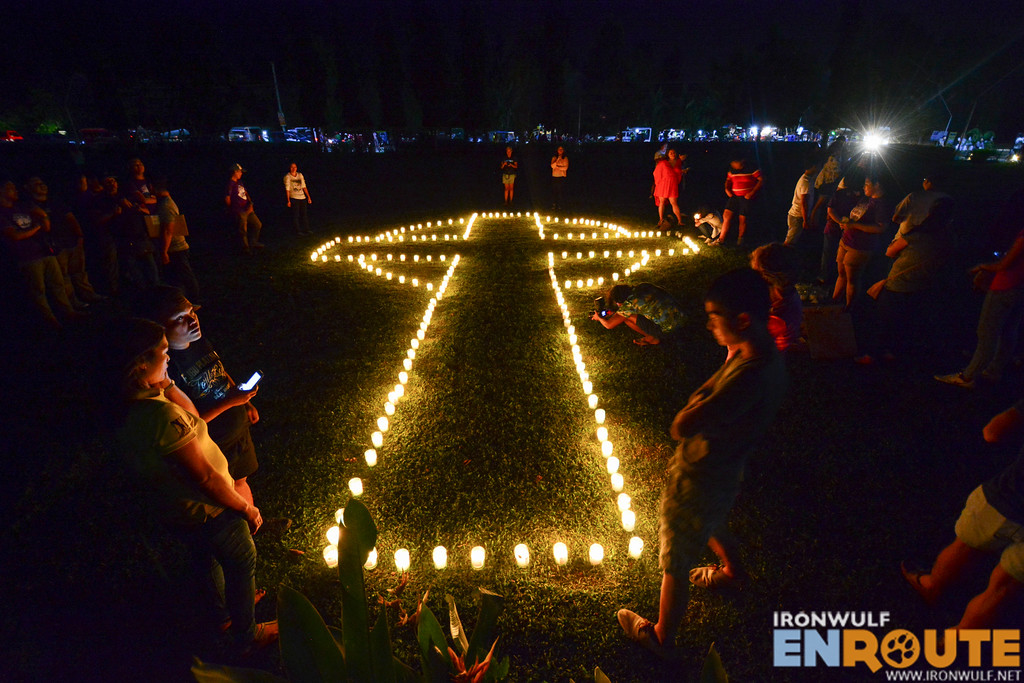
I remember Yolanda so well. It was the onset of our Travel Mindanao tour three years ago (2013). I was at the airport and my flight to Butuan got cancelled. I got upset but found out sooner how petty my disposition was compared to what was happening to the people in Tacloban. As Typhoon Yolanda (Haiyan) was ravaging Tacloban and the rest of eastern Visayas, communications line were cut-off leaving the rest of the country to wonder what was happening. When we finally got a glimpse of what has transpired, it looks like a scene straight out of a dystopian series or movie. Dead bodies everywhere, infrastructure devastated and people are in shock, still in disbelief of what happened to them. No one can imagine this could happen. An unforgettable bleak moment in the country’s history.

Visiting Tacloban post Yolanda
According to Natioal Disaster Risk Reduction and Management Council (NDRRMC) statistics, a recorded 6,300 people died, 1,061 missing, 28,689 injured and an infrastructure damage cost of Php 89,598,068,634.88. The numbers may look grim but the stories from the survivors themselves were more depressing.
I visited Tacloban a year after the Typhoon Yolanda event happened for a commissioned work. I was to interview, take pictures and videos of random people I meet in Tacloban and hear their stories. I knew it wouldn’t be that easy task as I’m sure the trauma is still there. I kept positive and open to what I will find. A somber Tacloban greeted me with grey skies and drizzle. The road from the airport was muddy and bumpy. Tacloban looks bustling but traces of damages from the typhoon still remains.

Survivor Stories
During my stay, I was able to interview at least 15 people. My trip was cut short since Typhoon Ruby was headed to Eastern Visayas and people were starting to evacuate. But I thought I had a good variety of people. I met a cebu-based guy named, Karl, while having dinner at this small Korean eatery. He was an officer from a pharmaceutical company assigned in Tacloban when Typhoon Yolanda came. It was his birthday on the 10th of November, a couple of days after the storm. His friends looted a bakeshop from a mall so he could have a birthday cake. It was memorable. Though he recalled how the owner of his hotel would just shoot people without second thought when they try to force their way into their hotel. It was macabre.
There was also, Oming, who I noticed while walking on the road. He was painting a very detailed sign on a jeep without hands. An artist with no hands nor arms yet very talented. He boasted how he was able to let his children finish school. He recounts how the morning of Typhoon Yolanda, the roof of his home flew and waist-high water got into their house. They were living on higher ground and was astounded how the water reached their level. He eventually had to evacuate his family to higher ground.
There were lots of stories of people swept by the surge and survived. I personally know someone whose family died and only he was left. Despite all of these, Filipinos cope. I visited Anibong in Tacloban, where large ships were wrecked ashore near the “no-build” zones. In this Yolanda village shelter, I met Marites and her family. They were grateful, all of them survived but came to a realization that everyone is equal in a calamity like this. Rich or poor, it doesn’t matter. She’s just happy she’s with her family and having a simple feast of spaghetti and cake. They were celebrating her niece’s birthday by the sea.

Three Years After
This year, I was able to return to Tacloban for the 3rd Year Commemoration of the Typhoon Yolanda. We visited the mass grave at Palo Cathedral, one of the many mass graves in Tacloban. Here, more than 300 bodies are buried but only about 100 were identified. Epitaphs of the identified bodies were candle lit by relatives solemnly remembering their loss. Images of angels dancing spread out over the large grave.
Tacloban has changed now and is picking up the pieces. I remember a year ago, volunteer-tourism was big in Tacloban as there were a lot of foreign aids coming in. Local business saw the need to accommodate them, eventually a lot of hotels has popped up. Cafes and eateries were also plenty. It seems people of Tacloban compensated from what happened by enjoying their meals more.

While some organizations like Kkotongnae and Pope Francis Center for the Poor has stayed. Tacloban is opening up a new chapter with foreign volunteers almost done with their work. I must admit, pre-Yolanda, Tacloban was one shady port city, but now it has transformed. The food culture has grown and is fast becoming a tourism gateway for Eastern Visayas.
Our last stop for our Yolanda commemorative tour of Tacloban was at Palo McArthur Park. Candles were lit on the roadside leading to the monuments were McArthur first landed. More candles were light and lanterns flew to the sky which is becoming and annual tradition. No longer is Tacloban only known as the place McArthur returned or home of the Romualdez. Tacloban will also be known as the city that rose from adversity and revived anew.
AirAsia Philippines have daily flights to Tacloban from Manila NAIA Terminal 4.



Ferdz Decena is an award-winning travel photographer, writer and blogger. His works has found print in publications such as Singapore Airlines’s Silver Kris, Philippine Airlines’ Mabuhay, Cebu Pacific’s Smile and Seair InFlight. He has also lent his expertise to various organizations like the Oceana Philippines, Lopez Group Foundation, Save the Children and World Vision, contributing quality images for their marketing materials.
